Manna MomentThere is nothing that we can do on our own. If we have an idea, it came from another idea and that from a book, another person. Ecclesiastes 1:9 states that there is nothing new under the sun therefore the sharing of ideas and working cooperatively is of great value especially in the field of science. For our Jeopardy game, we played cooperatively. Each student is allowed to pick whichever question they desire and if they get the answer correct, they get the corresponding reward to that question. The rewards are then accumulated in a pile and then evenly dispersed at the end of class. The more questions the students know, the more reward. The quicker they are with the answers, the more questions can be asked and the potential for the reward is greater. When they work together, they can achieve more. While I was setting up the Jeopardy board, the students had a few more minutes to study a few more questions. 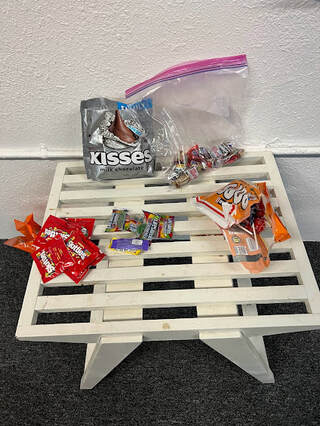 The rewards that I chose for this game are 100 point questions receive a chocolate kiss 200 point questions receive a bite size Milky Way/Snickers/Three Musketeers 300 point questions receive Skittles 400 point questions receive Gummy LifeSavers 500 point questions received a Tootsie Roll Lollipop My science class for Fourth Day Astronomy ready for their Final Jeopardy! Pay out!
0 Comments
manna momentIsaiah 45:18- “For thus says the Lord, who created the heavens (He is God), who formed the earth and made it (he established it; He did not create it empty, He formed it to be inhabited!) I am the LORD, and there is no other.” Our perfect planet was made with order and intentionality from a Creator God in order to sustain life. Jesus is the life and through Him all things were made. The Goldilocks Planet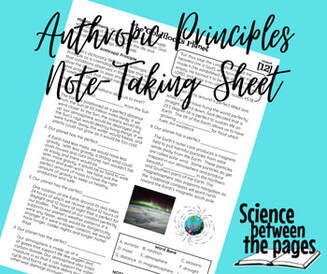 If you have ever heard of Goldilocks, she was a little girl that went to the Bear's house in the forest and tried out all their food, chairs, and beds until she found the one that was 'just perfect'. Earth is sometimes referred to as the Goldilocks Planet because it is 'just perfect' in so many ways. The ways that the Earth is perfect make up what is called the Anthropic Principle. Webster's Dictionary defines the Anthropic Principle as a 'cosmological principle that states that conditions observed in the universe must allow the observer to exist and the universe must have properties that make inevitable the existence of intelligent life.' The parts of the Anthropic Principle that I highlighted in these notes are: 1. Perfect Distance from the Sun 2. Perfect Mass of the Earth 3. Perfect Rotation speed of the Earth 4. Perfect Atmosphere 5. Perfect Tilt or Position of the Earth 6. Perfect Magnetosphere 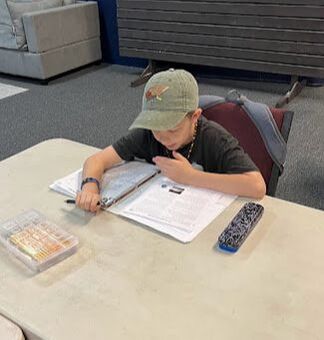 Typically what I do during class is have the students read aloud the information. These notes have blanks for them to fill in with a word bank at the bottom. The students can then use the word bank to choose the best answer for the blanks. Homemade CompassThe last topic we went over in our notes was the perfect magnetosphere. One of the benefits to our magnetosphere is that our compasses will always point to magnetic north. I demonstrated this by making a homemade compass in class. Materials:
Vocabulary Review and Jeopardy Review Questions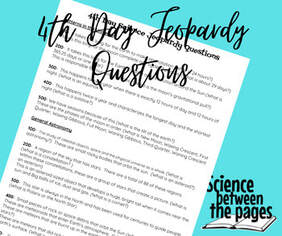 For the rest of class, we played a vocabulary review game. I assigned six areas in the room. The students could go to any area. I would roll a 6-sided dice and whichever number was rolls that was the area that I called on to answer the vocabulary question. Some students aimed for where I was going to call and other students avoided that areas that I called like the plague. I encourage the former. Since next week is our final class for this semester, I compiled some review questions in the form of Jeopardy for them to review at home. These are taken from all the note taking sheets that I have put together for 4th Day Science. It always amazes me how much we cover in such a short amount of time. manna momentOn the fourth day of creation, God created the Sun, Moon and Stars. The Hebrew text for stars is literally translated as ‘wandering stars’ and was used to describe any luminous object in the sky other than the sun and the moon. Hence, stars, in the this case also includes planets, their satellites, asteroids, and comets. The current science ideas about how the planets have formed have changed in numerous ways over the last 300 years and they will continue to change. So far these ideas have been counter to what is stated in the Bible. Take heed and know what you believe. Planet PresentationsIt is a wonderful time when the students get to take the stage and present information that they have researched. They all did a great job!!! Planet Trivia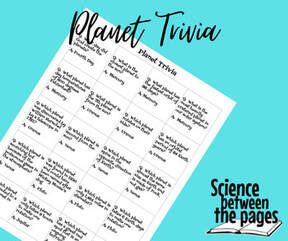 Using some of the information from these planet presentations, I made a Planet Trivia game for them to play after the presentations. It was fun to see the questions that I used from their research and the students that did that research knowing the answer immediately. It was also a wonderful way for them to know that their work is valued and important therefore it is worth doing a good job. These students are on the cusp of taking ownership of the their education and I hope this project jump started their desire to learn more. Here is the link if you would like a copy. There are 40 questions and I printed and cut out the 40 and divided them between the two teams. Each team had 20 questions to ask the other team. If they answered correctly, they could keep the question. This kept track of points. manna momentHold your thumb arm’s length away. Close one eye and use your thumb to cover, or block a larger object from your view. This might be a plant across the room or a clock on the wall. How could your relatively smaller thumb be the same size as the larger object further away? The closer your thumb is to your eye, the larger it appears compared to the actually larger object at a distance. This is why the Lord calls us to walk by faith and not by sight. Our default is to look at our circumstances from our own limited perspective. Things–even small things–close to us will seem much bigger than they are in respect to our Almighty God. I praise the Lord for His thoughts are not ours and His ways are not ours. Moreover, Praise God He invites us to share in His perspective. The Apostle Paul encourages us to set our minds on things above and not on things on Earth. Let us choose higher thoughts, His thoughts. (Colossians 3:2) Planet presentations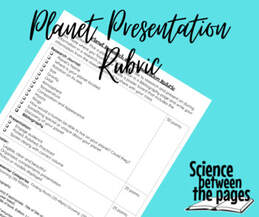 Today began the planet presentations for the students. Each student chose a planet to research and find out specific facts about it. This rubric lists all the information that I wanted them to find on their specific planet. They were to prepare a poster board presentation for us. The facts that they gathered, I am hoping to use in a Planet Trivia Game next week. This will encourage great listening skills and know that their work is valuable. There does need to be some tweaking of the information to be sure the measurements are in the same units. Planetary Motion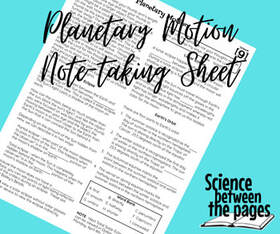 On March 20, 2023 at 4:24pm Central time, the vernal equinox took place. In our notes, we learned about solstices and equinoxes. The Vernal Equinox is the point where we are exactly halfway between the shortest day in winter (winter solstice) and the longest day in summer (summer solstice). At this specific time there was an equal amount of sunlight for daytime and shadow for nighttime on the Earth. In these notes we also covered the difference between solar and lunar eclipses and demonstrated these in class with a flashlight, inflatable globe and a styrofoam ball connected to a bamboo skewer. manna momentJeremiah 10:2 “Thus says the Lord: “Do not learn the way of the Gentiles; Do not be dismayed at the signs of heaven, For the Gentiles are dismayed at them." Historically, comets have been seen as omens of evil when in fact they came with the Creation package on Day 4 when the Lord made the Sun, Moon and Stars. Jeremiah warns us that we are not to fall into superstition and become dismayed. We are to trust the Lord who made all things. Even today, we hear all sorts of information about space especially now with the new James Webb Space Telescope. We assume that those that are in direct contact with the data collected from this telescope think like us so then what they see and how they are interpreting the data should be true. This is not always the case. Worldview of astronomers shapes their interpretation always. Be wary and always seek out what is truth from God in His word. Jesus promises in John 8:31-32 that if we abide in His word, we will know the truth and the truth will set us free. We are free as believers to not succumb to every idea that our culture throws at us. Thank You Jesus for Your truth. Lets take some notes Through this lesson we learned about:
Comets, Asteroids, Meteors oh my!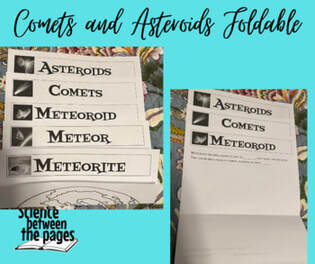 Taking the information from the note taking sheet, we applied what we learned to this foldable where the students can keep all the different kinds of space rocks separate. Making a comet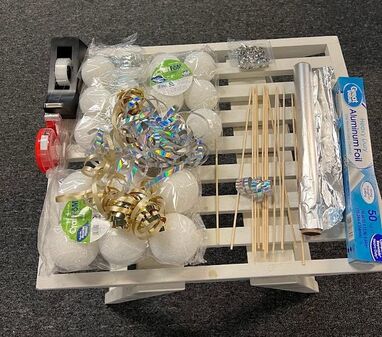 Comet models are a relatively easy thing to make and each part allows us to review what a comet is, its parts and what it is made of. Materials:
Instructions: 1. Grab your styrofoam ball which represents the nucleus of the comet. The nucleus is made of frozen ice mixed with rock and dust. 2. Cover your nucleus with foil representing the coma. The coma is a small atmosphere around the nucleus that is reflective When you are covering the nucleus with foil, you might have excess and can form the excess into a tiny tail that sticks out of the ball. From here you can take your silver and gold ribbon and tie them to the ball. 3. If you covered the nucleus with foil and it is flush with the ball, then grab a thumb tack and attach the ribbon to the ball using the thumb tack. You will need to secure the thumb tack with clear tape otherwise the tails will fall off easily. 4. Finally, place the comet on a bamboo stick and the students can zoom around with them. manna momentOn the fourth day of creation, God created the Sun, Moon and Stars (Gen. 1:14). The Hebrew text for stars is literally translated as ‘wandering stars’ and was used to describe any luminous object in the sky other than the sun and the moon. Hence, stars, in the this case also includes planets, their satellites, asteroids, and comets. The current science ideas about how the planets have formed have changed in numerous ways over the last 300 years and they will continue to change. So far these ideas have been counter to what is stated in the Bible. Take heed and know what you believe. Planet PresentationsI love when the students take the stage and present information that they researched and learned about. I was able to use some of their information for our Planet Trivia questions after we finished presentations. It was neat to see those whose planet they researched recognized the questions that were asked. Planet Trivia
Manna Moment Psalm 104:19- "He made the moon for the seasons." God made the moon to mark the seasons. Many people still follow a lunar calendar for celebrating major holidays. One example of this is the Jewish celebration of Passover which is always on the 15th day of the Hebrew month of Nisan. Jesus was crucified following the Passover meal which is why Christians and the Western world will move the celebration of Easter to whichever Sunday follows the Jewish Passover celebration. Because the holiday follows the lunar calendar, Easter always falls on a full moon. Planet Research Presentation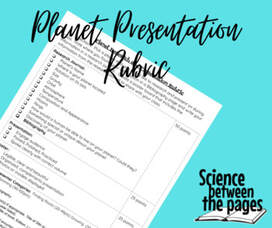 For weeks 9 and 10 of this unit, I am having the students research a planet and present on it. Here is the Planet Presentation rubric that I am using to evaluate them. This includes all the information that I expect to have in the presentation along with points to give for each objective reached. At the bottom of the rubric there are directions on how to write a bibliography. Phases of the Moon Card Game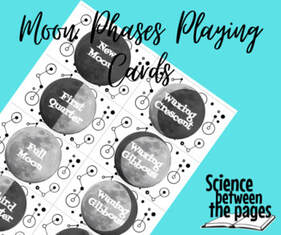 Instructions for playing: For every 2 players, you will need 3 ‘decks’ of cards or 3 sets of the eight phases of the moon.
Characteristics of the Moon Note Taking Guide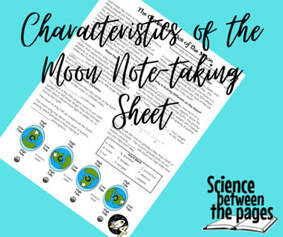 My favorite part of this note taking sheet is the bottom image. It is a great picture of what is happening to the Earth's tides as a result of the moon's gravity. It isolates everything but the movement of the earth so that you can see how we have two high tides and two low tides a day. Other topics included in this guide are:
Craters of the Moon Model This is a great explorative activity. The goal of this activity is to find out what factors affect the size and shape of craters that form when speeding objects strike the surface of the moon Materials Included:
The students were to smooth out a surface of flour, measure their marble and then decide on a height to drop their marble from. After they dropped it, they were to measure the width of the crater as well as the diameter of the ejecta that splattered at impact. They were to document this data and then choose if they wanted to try this at different heights with the same marble OR they could pick different shaped rocks that were lying around outside where we were and drop it at the same height. 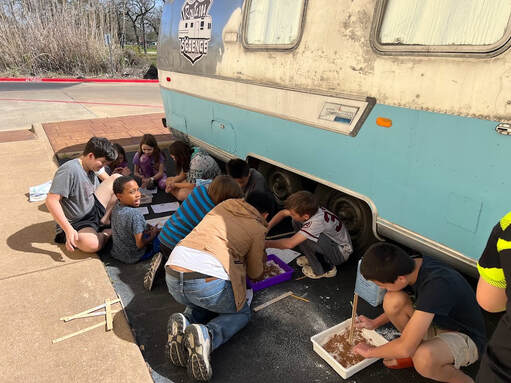 This is a plug for our Route 104 Mobile Science Classroom. It is no coincidence that our scripture for today's lesson comes from Psalm 104, the namesake of our mobile science classroom. manna moment: A light worth reflectingPsalm 8:3-4-"When I look at your heavens, the work of your fingers, the moon and the stars, which you have set in place, what is man that you are mindful of him, and the son of man that you care for him? The moon is different from the Sun in that it is not a star and does not produce its own light. We can see the moon because it reflects the light from the Sun. In the same way, we as Christians should reflect the light of our Savior, Jesus Christ. The light we shine does not come from us but from the Light of the World! Just as the moon can be seen at different phases depending on its position relative to the Sun and Earth, the light we shine is relative to our position before Jesus and among the people He created. What are the Phases of the Moon?The irony that the moon goes through eight phases during one orbit around the Earth, yet we only see the one side of the moon always. Would this be evidence for intentional and intelligent design by a Creator God? Here in our note taking guide, I had the students walk along with me through the different phases. As we did, we filled in the chart on the notetaking guide Some of the points that we learned from the note taking guide were that the moon moves through a very predictable pattern The eight phases of the moon begin with a Waxing Crescent- Waxing means growing First Quarter- Means that the moon has made it one quarter of its orbit around the Earth Waxing Gibbous- Waxing, of course, means growing and Gibbous means 'hump' Full Moon- While this is full to us, the moon is actually only halfway done with its orbit around the Earth. Waning Gibbous- Waning means 'lessening' and Gibbous means hump Third Quarter- The moon is three quarters of the way done with its orbit Waning Crescent- Waning is lessening New Moon- The moon has completed its orbit around the Earth and is now between the sun and the moon so it isn't visible to Earth. Why do we see the same face of the moon?There is short activity that you can do to demonstrate this idea. Try it out with a friend. Get ready to walk forward following a circular path around your friend. Point your elbow towards your friend. Did you rotate 360 degrees? What side of your body did they see? Here is a YouTube video that explains it as well. https://www.youtube.com/watch?v=OZIB_leg75Q Phases of the Moon Card gameHere are some cards that go with this game. You will need 3 'decks' or 3 complete sets of cards for every two people.
Manna MomentPerspective is how you see something. The activity that we did today was about perspective. We built a model of the Big Dipper as we view it from earth. In our model, we included a view that was not from earth to allow us to see that the stars don't look like a big dipper from anywhere else in space but from our point of view. Often, we are so used to seeing things from our perspective that we forget that God's perspective is completely different. God's thoughts are NOT our thoughts (Isaiah 55:9). This also reminds us to strive to think on things that are above as stated in Colossians 3:1-2. "If then you have been raised with Christ, seek the things that are above, where Christ is, seated at the right hand of God. Set your minds on things that are above, not on things that are on earth." making a model of the Big dipper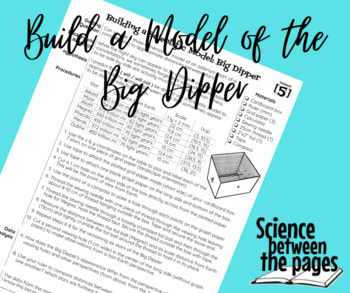 Here are the instructions for making this model of the Big Dipper that you can view from several different perspectives. First we plotted the Big Dipper on grid paper and taped it to the end of our cardboard box. 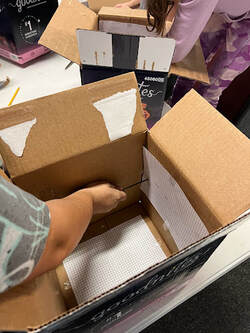 Next, we used either a compass end or a file to poke holes through the cardboard box where the stars of the big dipper were located on the grid paper taped to the box. 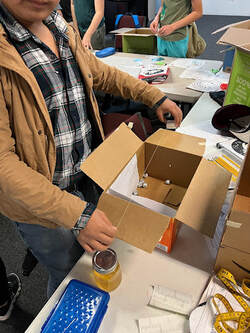 We took some thread and made sure that it was longer than the length of the box and cut it. 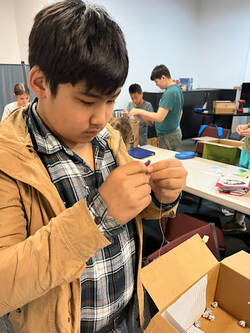 Next, we threaded a needle. We used the threaded needle to go from the outside of the box to the inside of the box and taped the thread to the outside of the box. While the thread is in the box, we threaded it through a loosely crumbled piece of foil. Then, we went through the middle stars of the big dipper on our grid paper first and taped the thread on the outside of the opposite side of the box. We did this 7 times to complete the model A completed model 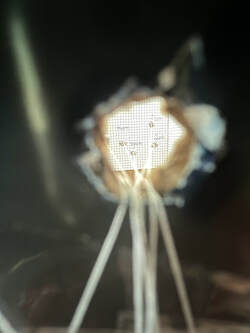 Seeing the Big Dipper from our hole in the cardboard box representing our view from earth. There is also a hole on the side of box that lets you view the stars from outside the earth. Galaxies and Can Stars Sing Note taking Guide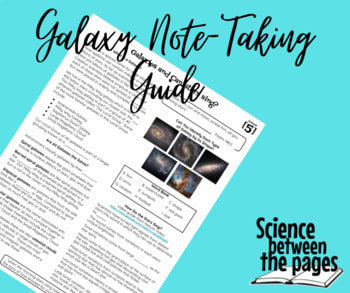 I focused our class time on making our model but these are the notes that I gave my students to read and do at home. Included are two videos. Here is a video on how stars sing And this is a video on how the stars, whales and us can all worship God. Its amazing!!! Manna MomentGod created the the sun, moon, and stars on the fourth day of creation (Genesis 1:16). We’ve already looked at the many ways God uses the Sun to provide for life on Earth but did you know that the Sun is only one of the multitude of special stars that God created and named? Review of the Sun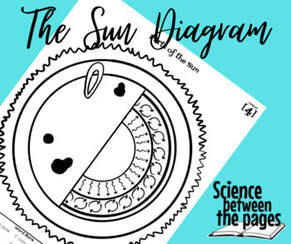 To test the student's knowledge of the parts of the sun, I gave them this diagram. Seasons and Orbit of the EarthWhat is a Star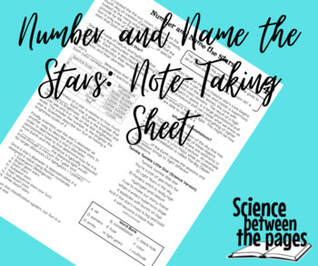 Have you heard the classic lullaby Twinkle, Twinkle Little Star? Here is a science version I found on Adcouncil.org It goes like this: Twinkle, twinkle little star You're a ball of gas that's far 32 light years in the sky 10 parsecs which is really high Hydrogen and Helium Fuse to make our starry friend When it enters supernova stage it explodes with bursts of rays And if the star's mass is big and bold It will become a black hole Throughout our note taking guide today, we defined what many of these terms and learned about what a star is, what are constellations and what asterisms are. We learned that God has named all the stars and we have tried to name them according to the categories they fall into. First of all, stars are balls of gas that are really far. Hydrogen and Helium are gases that fuse within a star and create a thermonuclear reaction that powers the star. This is the same with our sun. Scientists categorize stars by their color/temperature, their brightness and their approximate diameter. Scientists use these letters in this order to tell us how hot a star is O B A F G K M I challenged the students to come up with an initialism to remember these letters as the O is the hottest star that is blue/violet while the M is the coolest star at red. Our sun is a G on the temperature scale and it is a yellow star. We came up with: Oh Boy Astronomy Feeds Great Kind Minds There is a spot on the note taking sheet for you to come up with your own initialism. A star's brightness is based on a number scale where the smaller the number, the brighter the star. How big a star is, is categorized by roman numerals with roman numeral I being a supergiant like Betelgeuse. Constellation versus asterismIn 1930 there was an Astronomical Society that decided to categorize all the stars into 88 constellations. Therefore there are only 88 constellations. A constellation is a region of the sky with stars. The stars don't have to be part of a picture to be within the constellation. Should a group of stars create a picture like the Big Dipper, it would then be called an asterism. However, constellation is used interchangeably for Big Dipper and Ursa Major. This is probably fine, I just found it interesting the difference. How do you find the North Star? I drew this picture on the board to help show the students how to find the North Star, Polaris. First you would locate the Big Dipper and find the stars Merak and Dubhe. These two stars will point straight to Polaris which is on the handle of the little dipper. I had the students draw this on black construction paper with white map pencils. I gave them star stickers to put in place of the stars if they wanted.
|
Lead LearnerWelcome! My name is Nicole Fleming and I have been leading science learning in the Bryan/College Station homeschool community for over 10 years. Archives
April 2023
Categories |
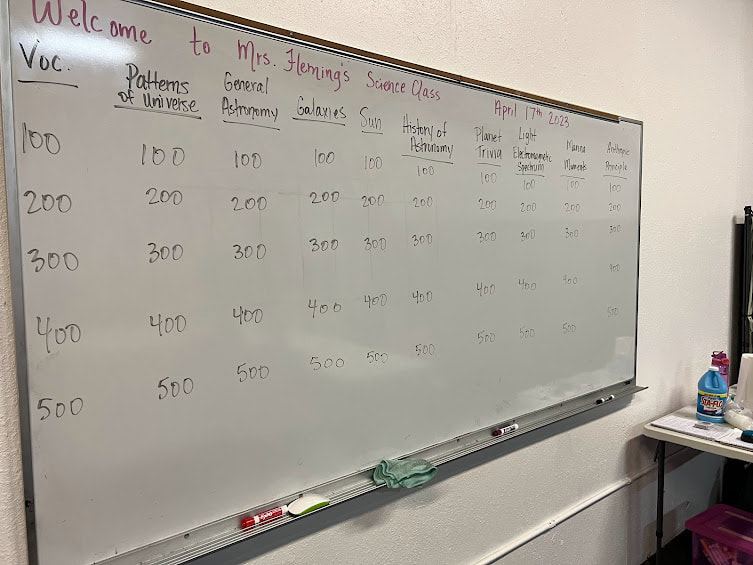
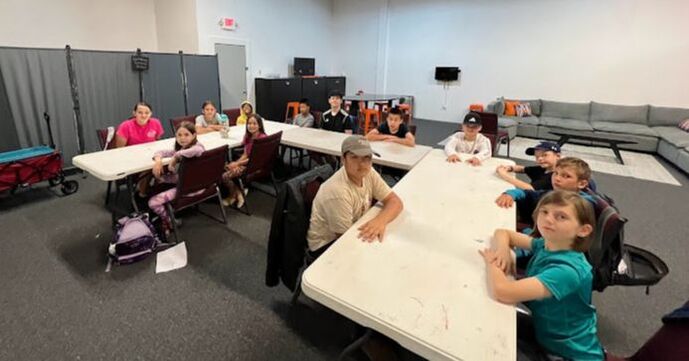
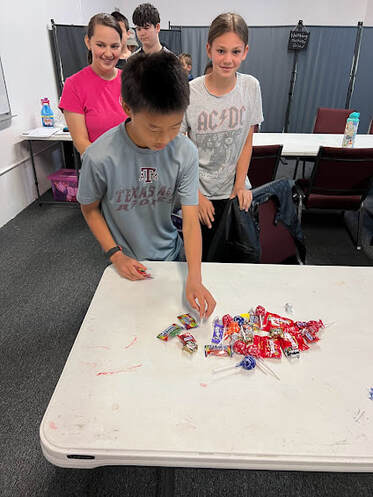
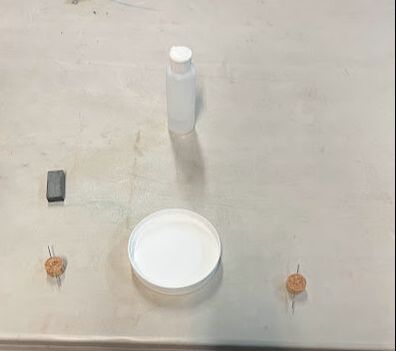
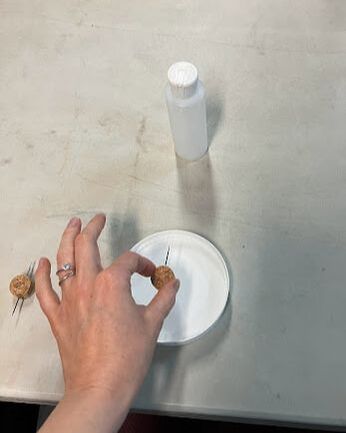
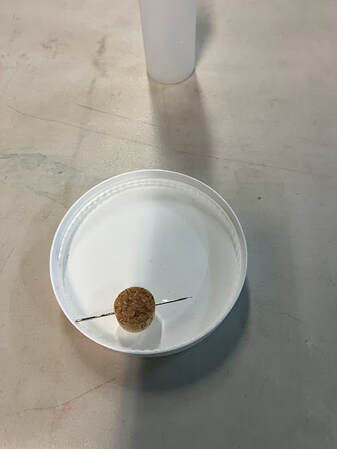
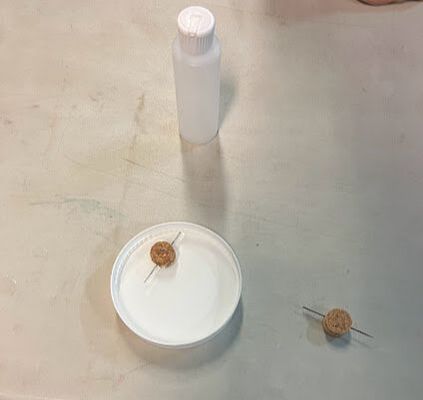
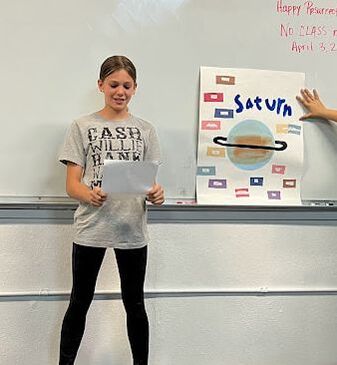
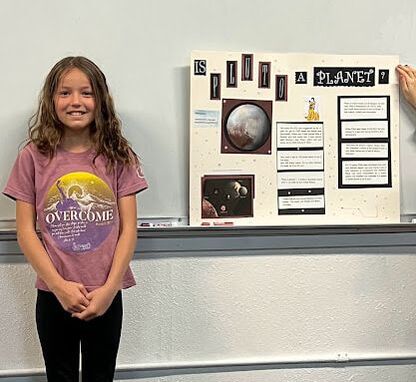
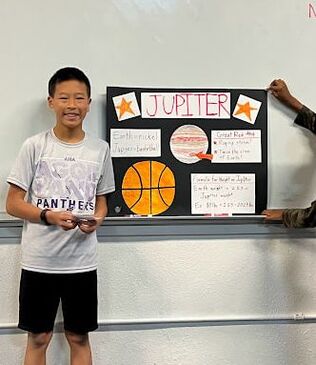
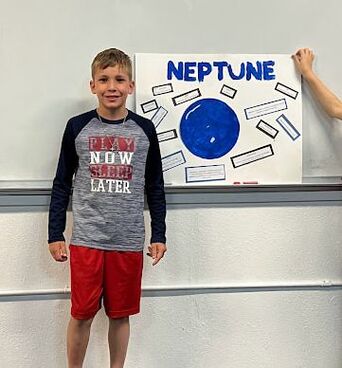
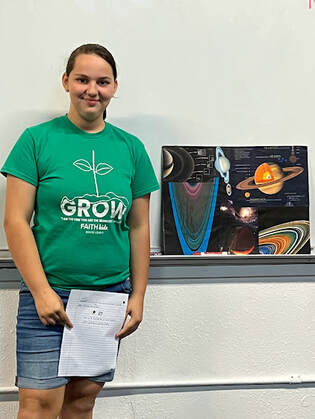
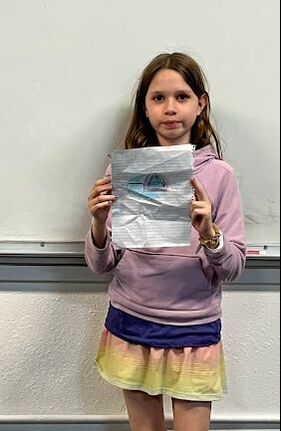
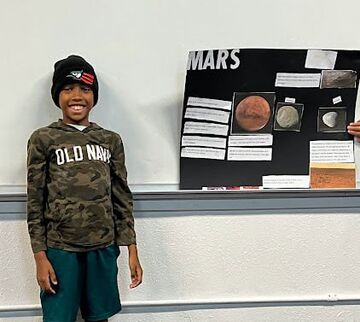

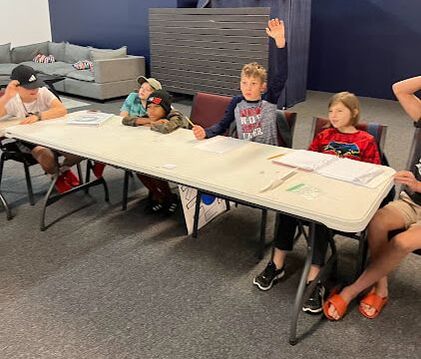
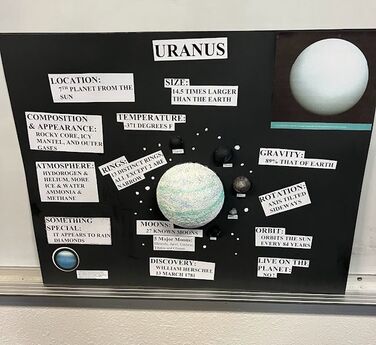
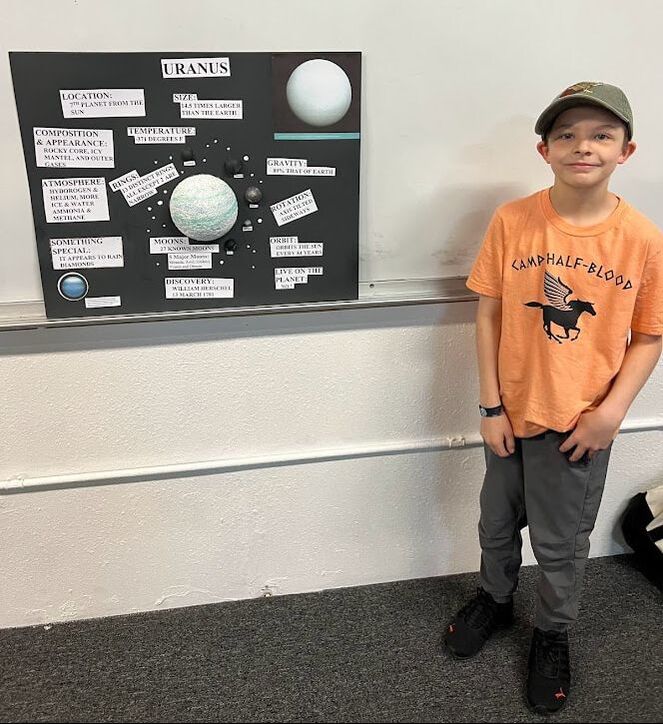
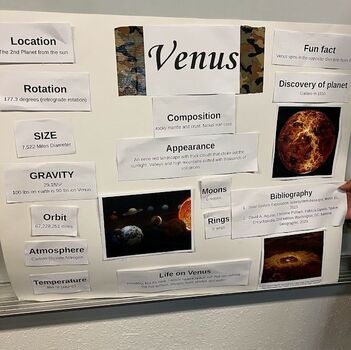
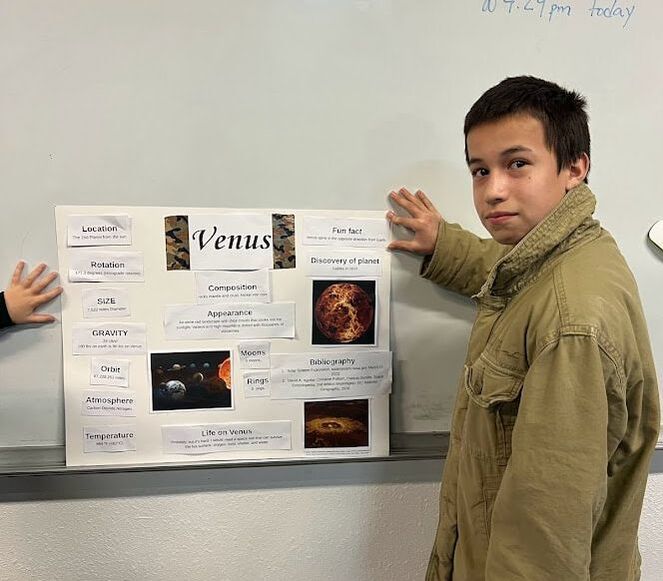

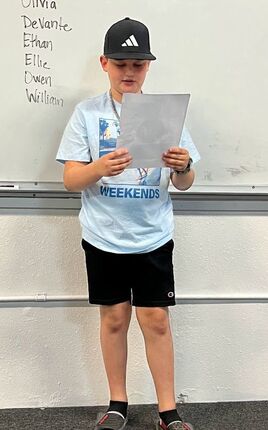
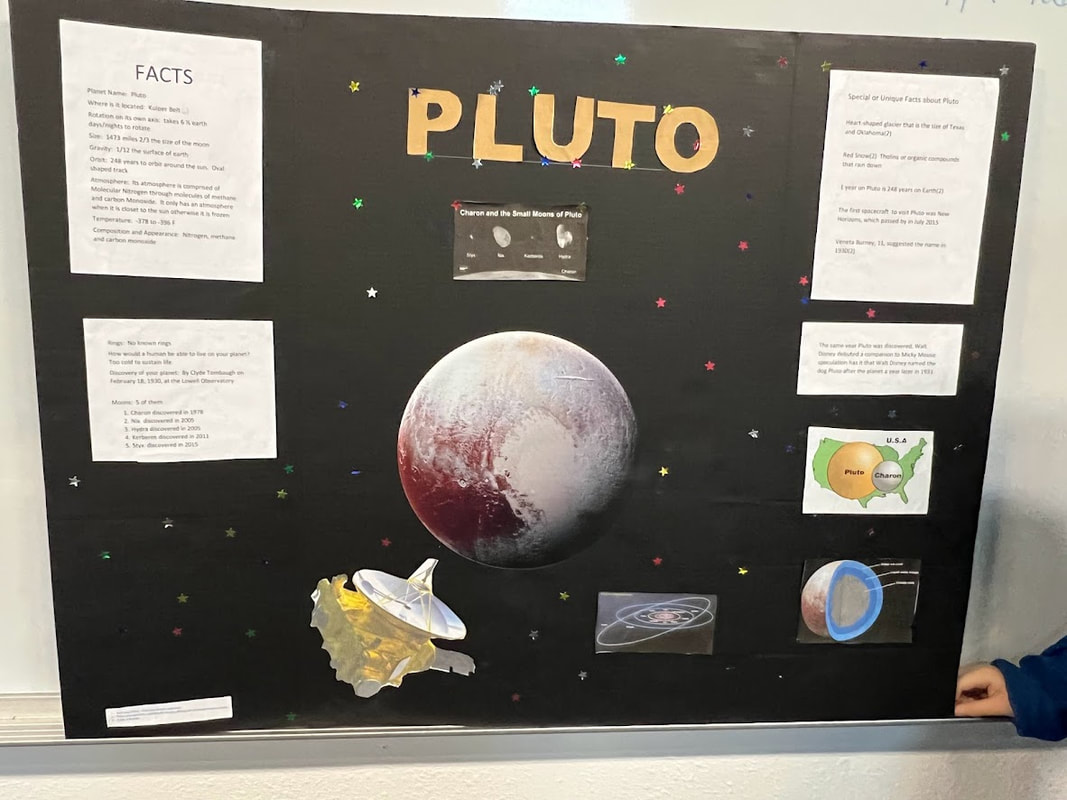
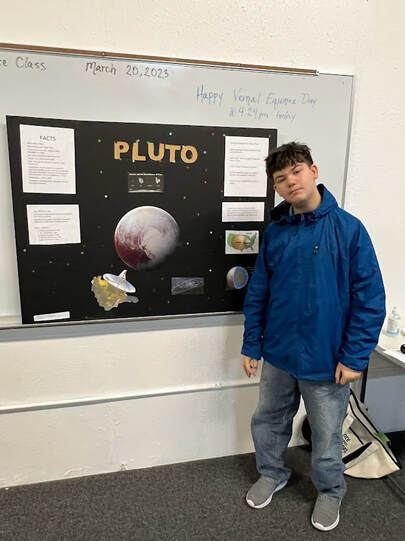

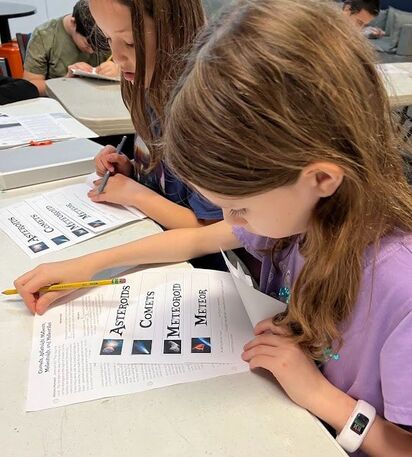
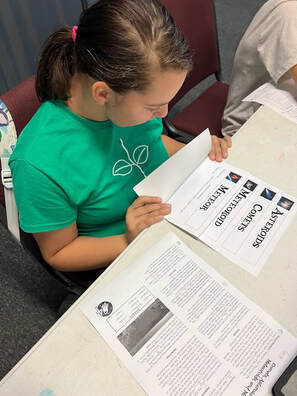

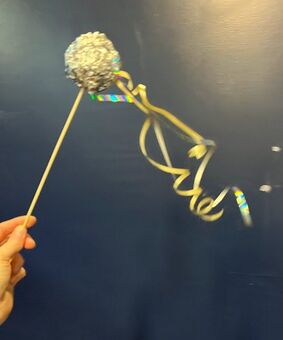
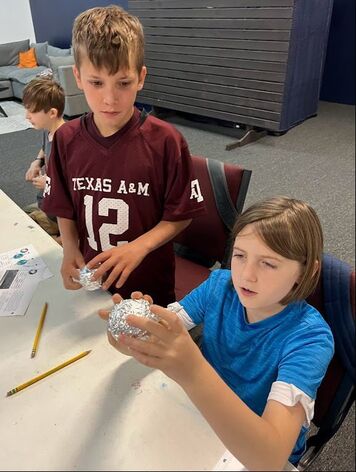
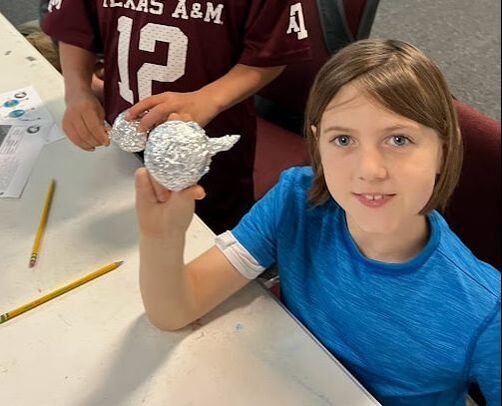
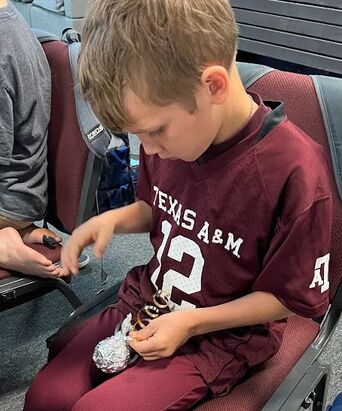
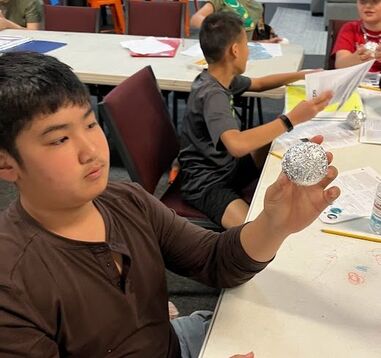
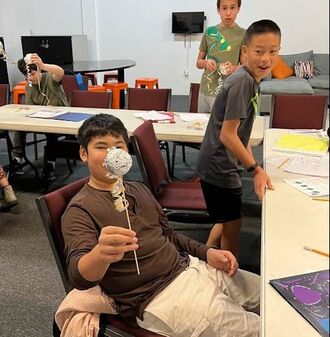
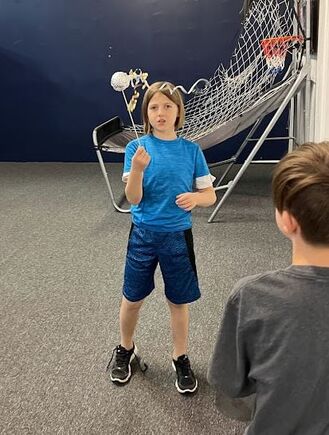
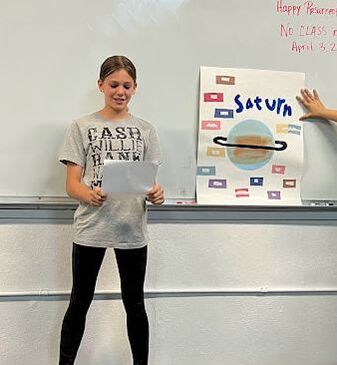
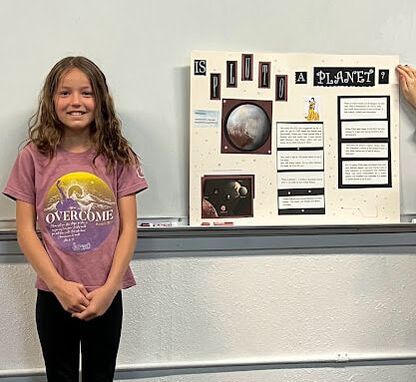
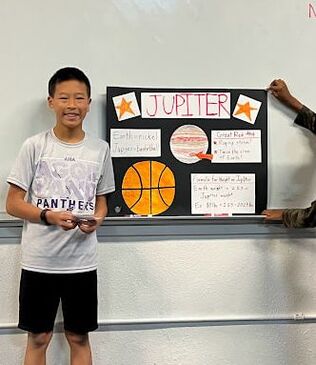
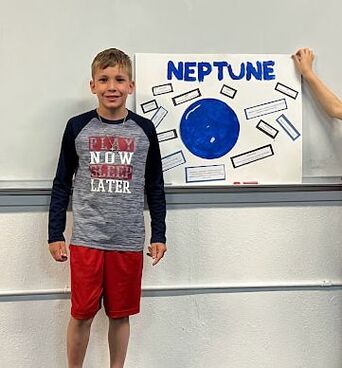
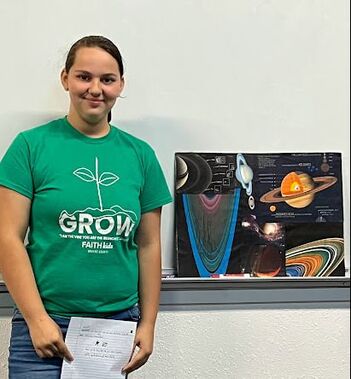
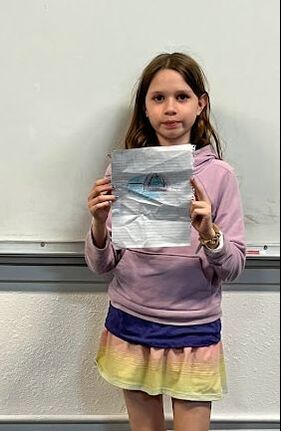
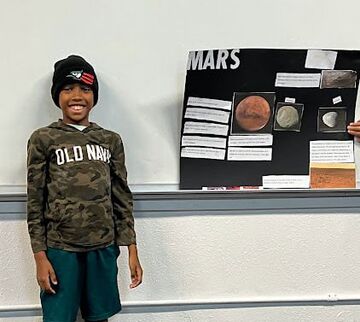
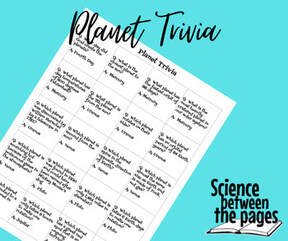
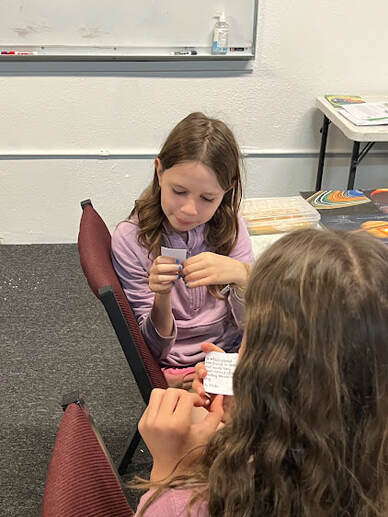

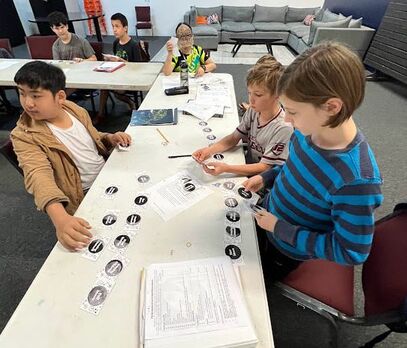

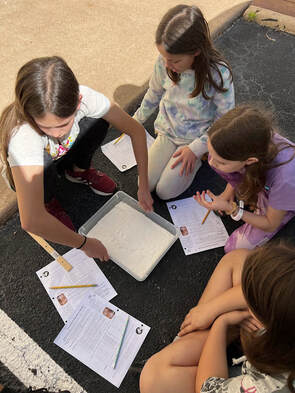
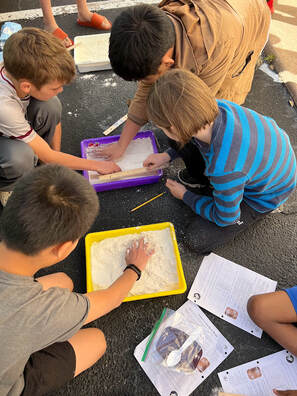
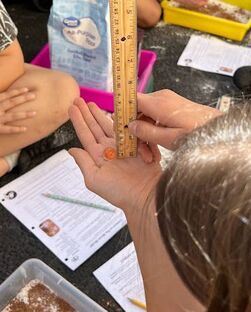
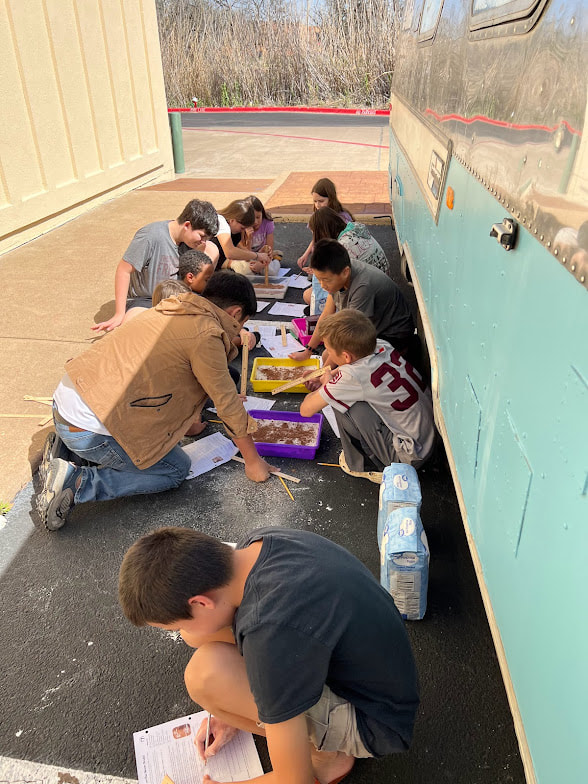
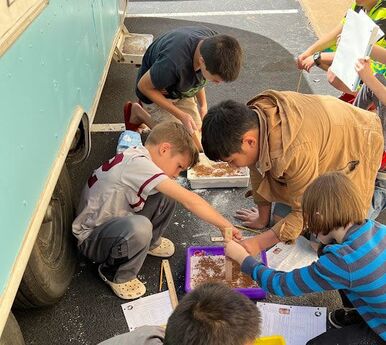
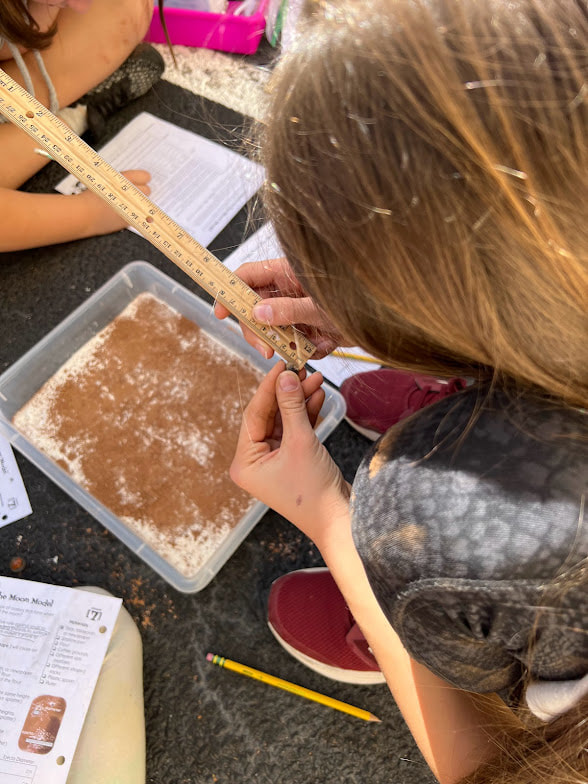
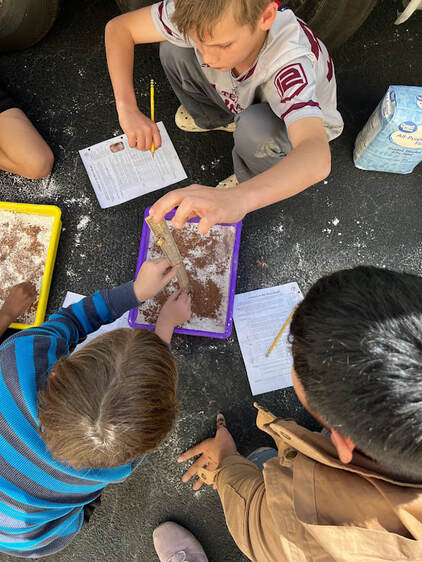
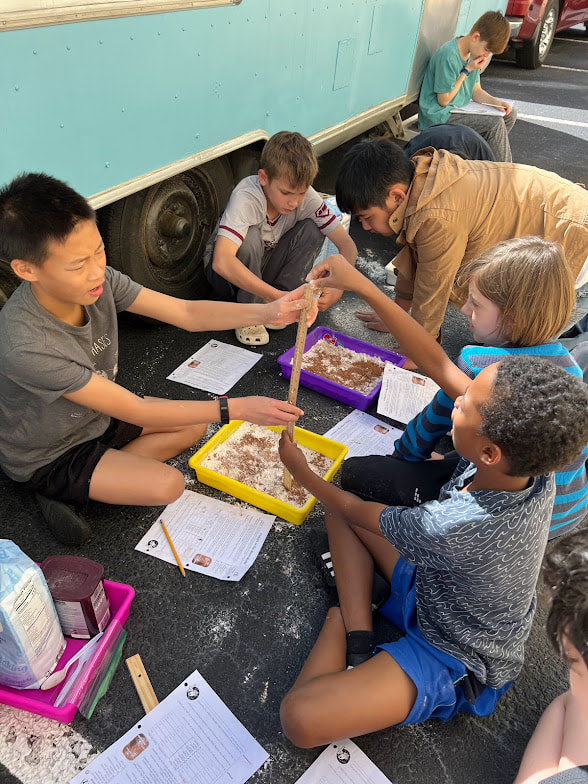
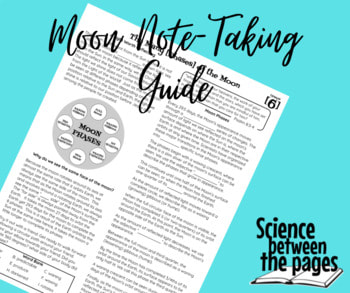
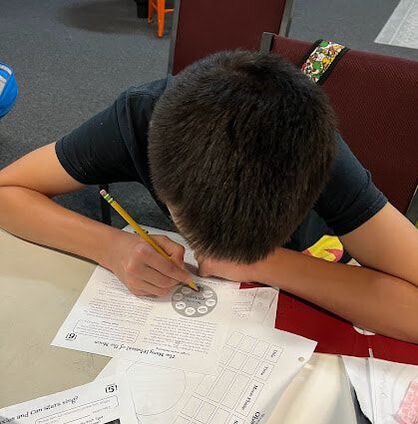
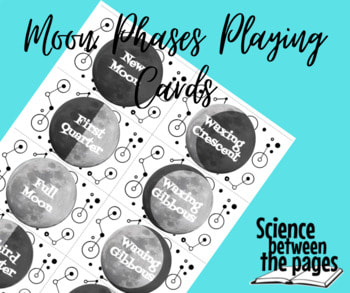
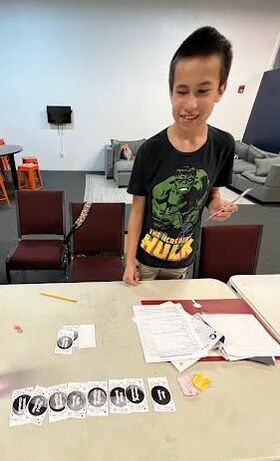
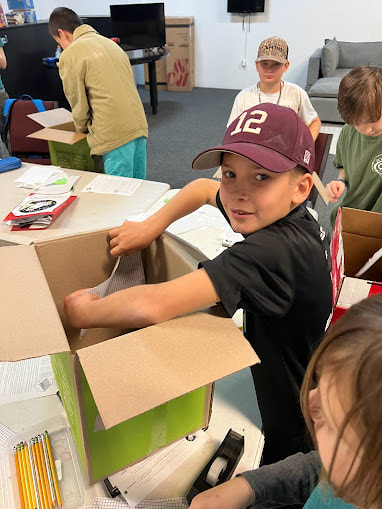
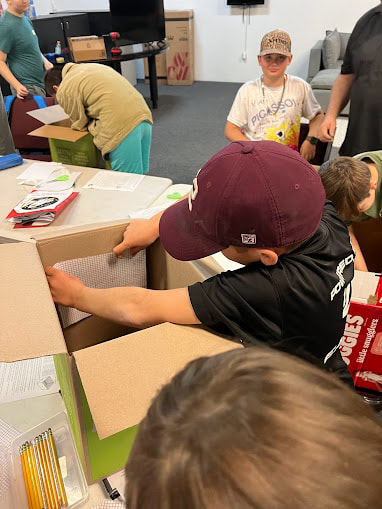
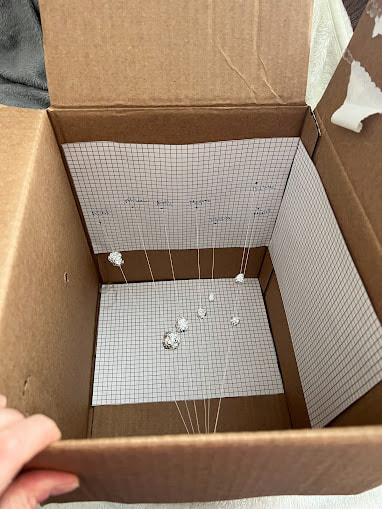
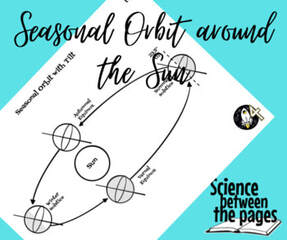
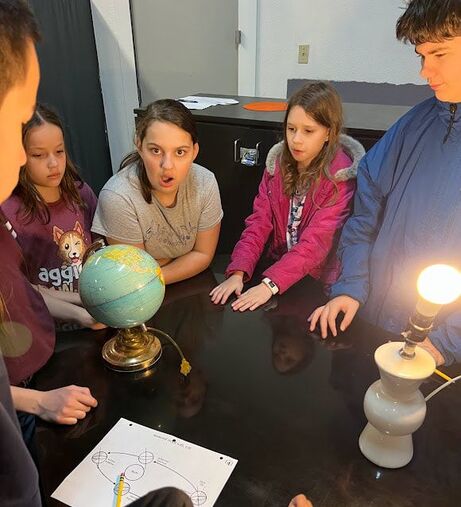
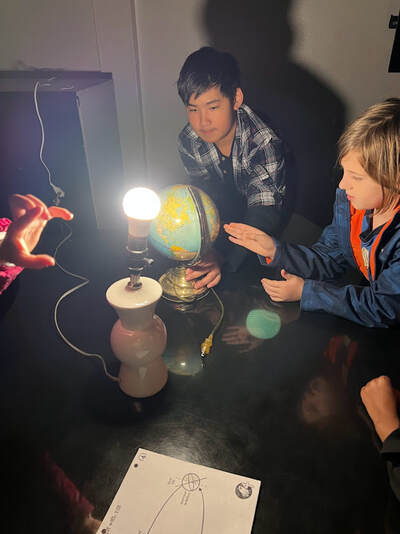
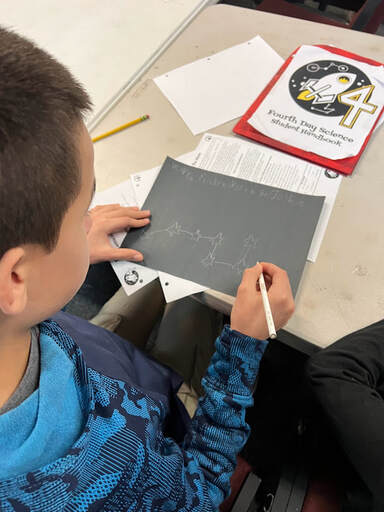
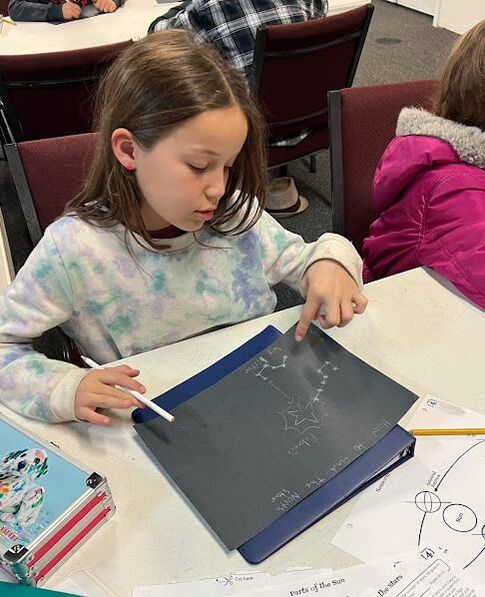
 RSS Feed
RSS Feed